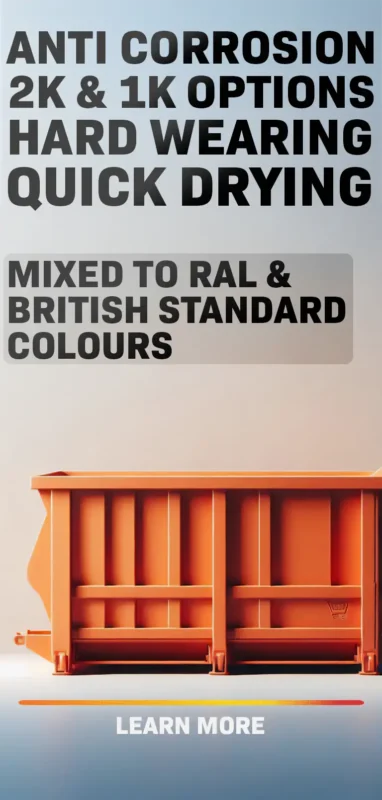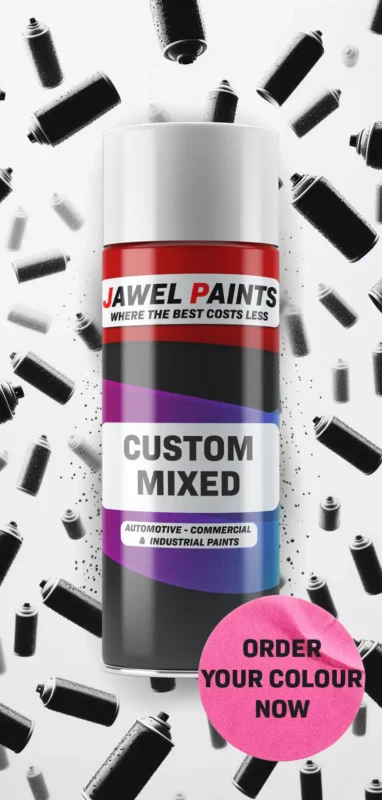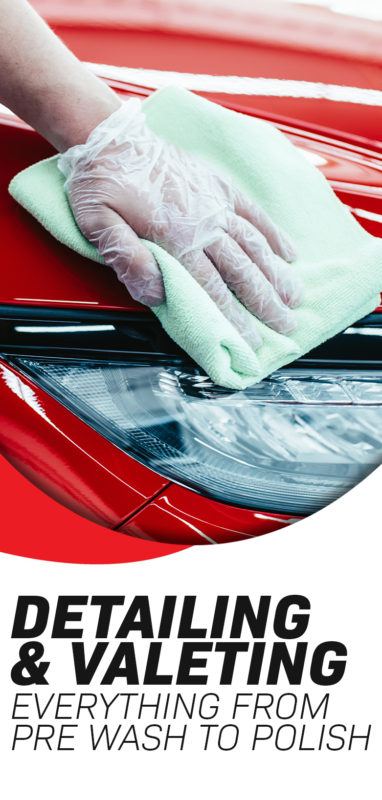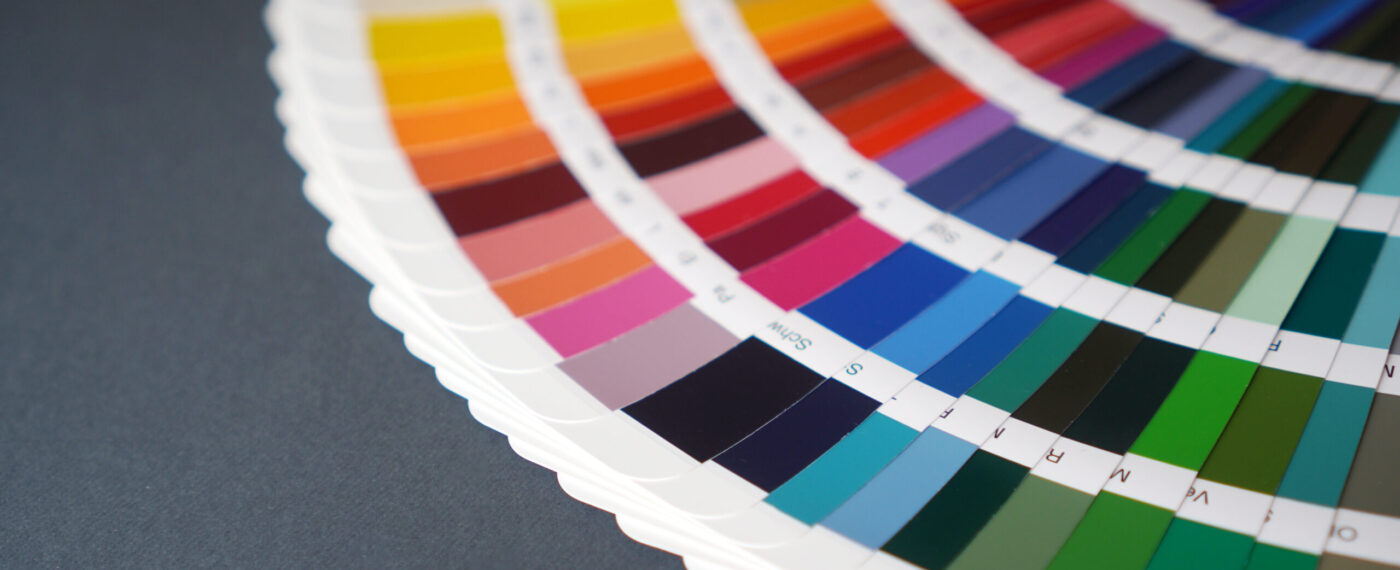Spray Equipment
HVLP vs LVLP Spray Guns: Best Choice for Automotive Paint
Introduction: Why Spray Gun Choice Matters
In automotive refinishing, the spray gun is one of the most important tools in the workshop. A well-chosen gun makes the difference between a glass-smooth finish and one that needs endless flatting and polishing. Modern painters generally reach for either an HVLP spray gun (High-Volume, Low-Pressure) or an LVLP spray gun (Low-Volume, Low-Pressure). Both systems were designed to reduce overspray and increase transfer efficiency compared with older high-pressure guns, but they achieve this in slightly different ways.
For a professional bodyshop or a hobbyist working from home, understanding the difference between HVLP and LVLP spray guns — and how they relate to compressor requirements — will help you get the best results.
HVLP Spray Guns: High Volume, Low Pressure
HVLP technology was developed to improve efficiency by delivering a high volume of air at a lower pressure. Instead of blasting paint with high-pressure atomisation (which often throws as much paint into the air as onto the panel), HVLP creates a softer, more controlled spray pattern.
The big advantage of HVLP is transfer efficiency. More of the paint ends up on the car, and less is wasted in overspray or carried away in the airflow of the booth. For full-car resprays, clear coats, and high-solids materials, HVLP remains the gold standard. Painters often comment that HVLP makes it easier to “lay down” material evenly, which is especially useful when spraying large, flat panels.
The main drawback is air consumption. Many HVLP spray guns require compressors that can deliver 10 to 30+ CFM continuously. This means that small, portable compressors often struggle to keep up, and even medium-sized shop compressors can run hot if asked to power an HVLP gun for extended periods. If airflow drops during spraying, the pattern becomes uneven, atomisation suffers, and the finish is compromised.
LVLP Spray Guns: Low Volume, Low Pressure
LVLP spray guns approach the same problem from a different angle. These guns are designed to produce effective atomisation with much less air volume. Instead of demanding a large, industrial compressor, an LVLP spray gun can operate comfortably on smaller machines, sometimes requiring as little as 4–10 CFM.
For small workshops, mobile paint technicians, or DIY users, this is a major advantage. An LVLP gun still produces a fine finish, but it places much less strain on the air system. If you’re spraying panels, doing touch-ups, or working in environments where compressor capacity is limited, LVLP can feel like the more flexible choice.
The trade-off is that LVLP may not reach the same transfer efficiency as HVLP, especially in high-production environments. When you need to move a lot of material quickly — such as during a full respray — an HVLP gun is often the better option. But for jobs where airflow is limited, LVLP keeps the work moving without overtaxing your equipment.

HVLP vs LVLP: Key Differences
Both types of spray gun are capable of producing a professional-quality finish, but there are some practical differences that influence which one to choose.
- Air demand: HVLP requires higher CFM, while LVLP can run on smaller compressors.
- Efficiency: HVLP offers excellent transfer efficiency, reducing waste and overspray.
- Versatility: LVLP is more forgiving in workshops with limited compressor capacity.
- Best use case: HVLP excels in production work and full resprays; LVLP shines for smaller jobs, detailing, and mobile setups.
When it comes to metallics and effect finishes, both can work well. The key is not the gun type alone but also consistent airflow, correct pressure, and the right nozzle size.
The Role of Compressors in Spray Painting
No matter how advanced your spray gun is, it will only perform as well as the compressor feeding it. This is where many painters run into problems. A large compressor tank might look impressive, but what really matters is continuous airflow (CFM). If a gun requires 12 CFM and the compressor can only produce 8 CFM continuously, you’ll quickly notice pattern break-up and poor atomisation.
Another common issue is pressure loss between the compressor and the gun. Long hoses, restrictive fittings, and dirty filters can all rob pressure. That’s why pressure should always be checked at the gun with a regulator, not just at the compressor. Clean, dry air is equally vital — moisture or oil in the line will ruin even the best paint job. Moisture traps, in-line filters, and proper maintenance are non-negotiable in any professional setup.
L/min vs CFM: Two Ways to Measure Airflow
To add a layer of confusion, not all spray gun manufacturers use the same units of measurement. Many European and Japanese brands, including Iwata, list air consumption in litres per minute (L/min), while others use cubic feet per minute (CFM).
Fortunately, the conversion is straightforward:
- 1 CFM = 28.3 L/min
- 200 L/min ≈ 7.1 CFM
- 300 L/min ≈ 10.6 CFM
- 500 L/min ≈ 17.7 CFM
When comparing specifications, always check whether the rating refers to free air delivery (FAD) or output measured at a specific pressure, and whether it’s a peak or continuous figure. Spray painting requires continuous airflow, so always size your compressor above the stated requirement. For example, if a spray gun is rated at 300 L/min (about 10.6 CFM), choose a compressor capable of delivering at least 16–20 CFM continuously to avoid struggling mid-spray.
By understanding these conversions, you can confidently compare different spray guns and compressors, no matter how the manufacturer lists the figures.
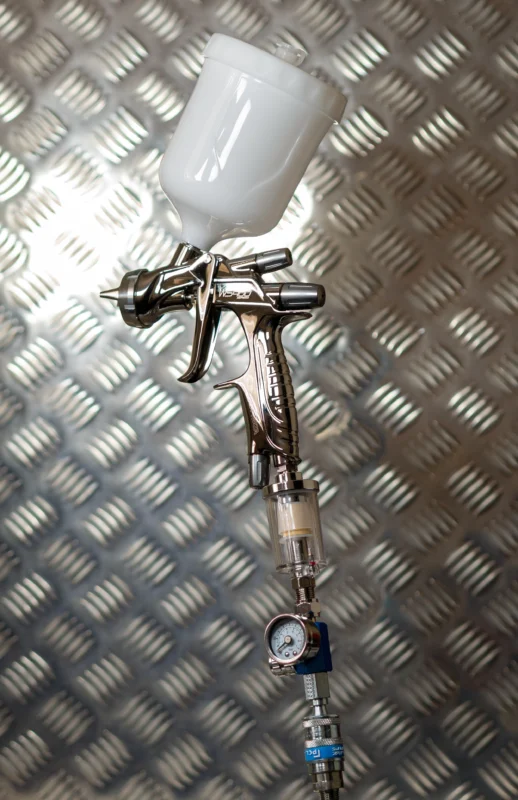
Check List & Links
LVLP Compressor – Sealey 100Litre 3HP Air Compressor Direct Drive
HVLP Compressor – Air Compressor 200L Belt Drive 5.5hp 3ph
Air Hose & Fittings – All Fittings to attach the Spray Gun to the Compressor
Inline filters – Water Trap / Regulator
Spray Guns – HVLP & LVLP
Premium Spray Guns – Anest IWATA
Thank you for reading, if you would like to speak to one of our team about anything in this post please get in touch – Contact

